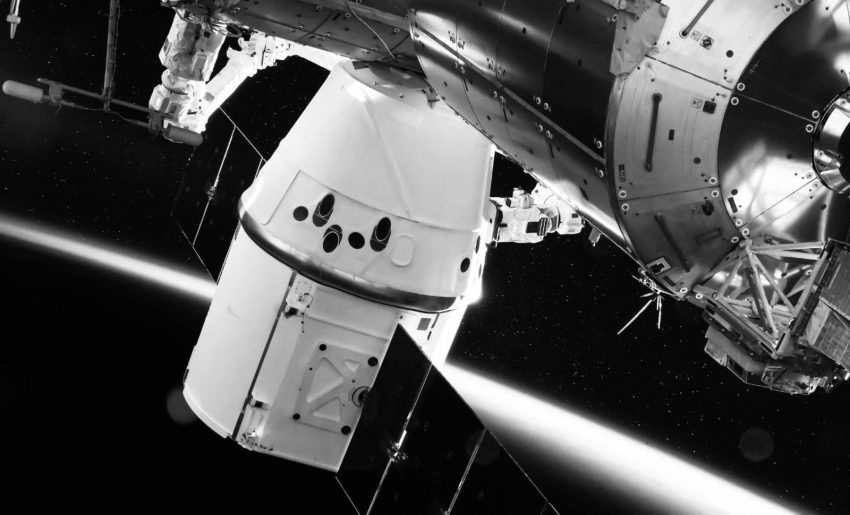A Successful Launch of Starlink Satellites
On the evening of July 18, 2025, SpaceX successfully launched 24 new Starlink satellites into orbit, marking another milestone in the company’s mission to expand its satellite network. The Falcon 9 rocket took off from Vandenberg Space Force Base in California at 8:52 p.m. local time (11:52 p.m. EDT or 0352 GMT on July 19). This launch is part of SpaceX’s ongoing efforts to provide broadband internet access to people around the world through its growing constellation of satellites.
Smooth Launch and Deployment
The launch went without any issues, with the Falcon 9’s upper stage deploying the Starlink satellites into low Earth orbit just nine minutes into the flight. Everything proceeded as planned, and the satellites were expected to reach their designated orbital positions an hour later. The flawless execution of this mission highlights the precision and reliability of SpaceX’s operations.
One of the standout features of this mission was the Falcon 9’s first stage, which completed its 14th successful mission. This achievement underscores the effectiveness of SpaceX’s reusable rocket technology, which significantly reduces costs and increases the frequency of launches. After completing its role in the mission, the first stage returned to Earth and landed on the autonomous droneship “Of Course I Still Love You,” which was stationed in the Pacific Ocean.
Expanding the Starlink Network
With this latest launch, the Starlink network now consists of more than 7,965 active satellites out of the 9,200+ satellites that SpaceX has deployed since 2019. The network continues to grow, providing broadband internet access to areas where traditional connectivity options are either unavailable or too expensive to implement.
In addition to offering reliable internet to remote regions, Starlink also provides direct-to-cell services, allowing mobile phones to connect to the network even in areas without traditional cell tower coverage. As more satellites are deployed, this service will become available in more parts of the world, further extending the benefits of Starlink.
SpaceX’s Rapid Launch Cadence
This mission marked SpaceX’s 88th Falcon 9 launch of 2025, continuing the company’s rapid pace of operations. It was also the 516th completed mission for SpaceX, reinforcing its position as a leader in the space industry. With additional launches scheduled in the coming months, SpaceX remains committed to expanding its satellite network and advancing space exploration technologies.
Future Prospects
With the continued success of the Falcon 9 rocket and its expanding satellite network, SpaceX is well-positioned to revolutionize internet access on a global scale. The company’s focus on innovation and efficiency ensures that it will continue to play a pivotal role in shaping the future of space travel and communication.
As the demand for reliable internet access grows, especially in underserved regions, SpaceX’s efforts to deploy more satellites will have a significant impact on how people connect and communicate worldwide. The company’s achievements so far demonstrate its ability to overcome challenges and deliver on its ambitious goals.
